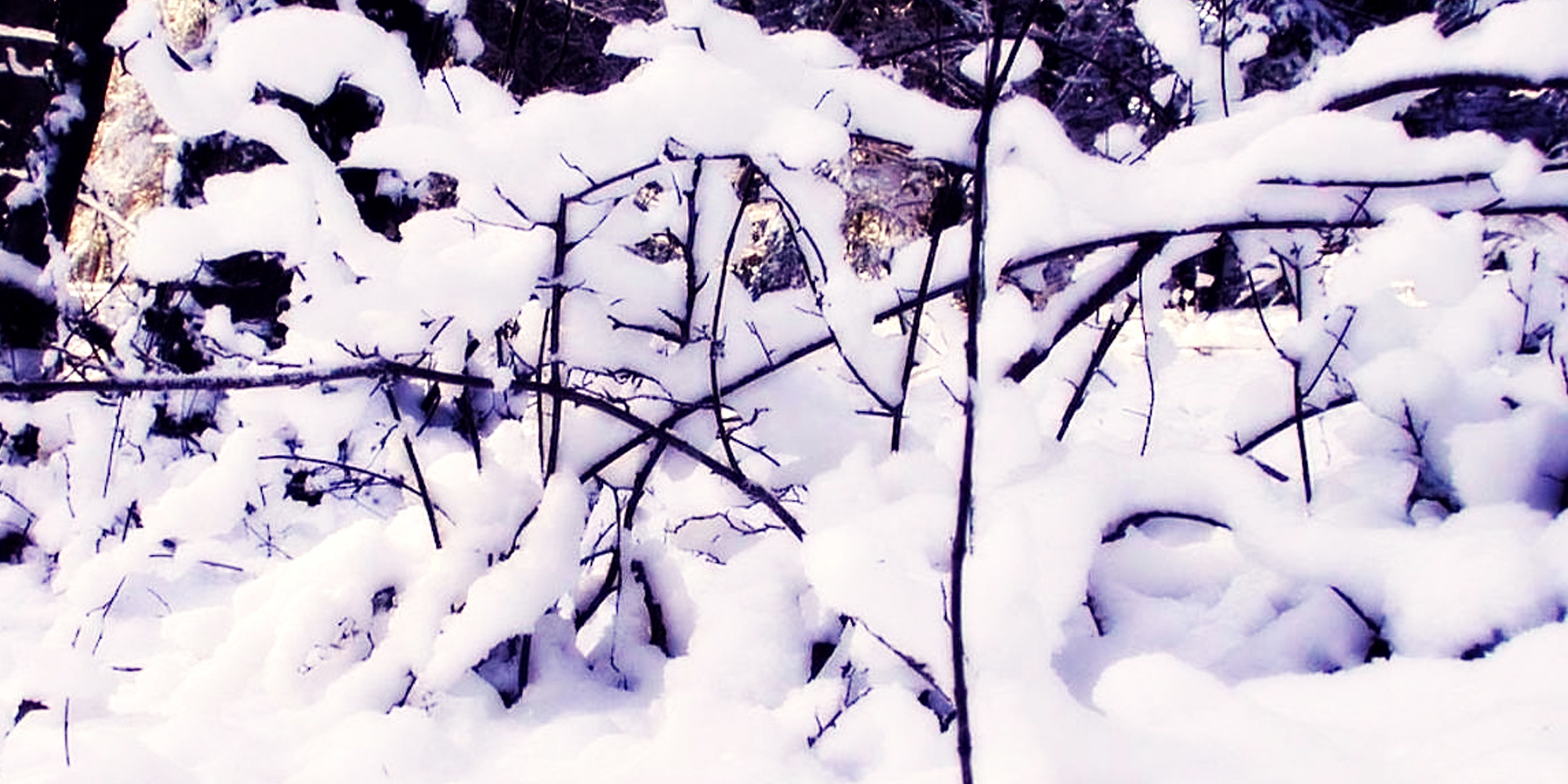Sometimes plants die in the winter, but is it cold or is it something else?
Unfortunately, quite a few plants die over the winter season in our climate. Although the cold is a major factor, straight cold isn't often the killer. Plants that die over the winter typically die either in the early spring or late fall.
Cold does kill plants. There's no question about that. There are typically three types of cold hardiness out there. The most mild form of winterkill is losing the flowers of a plant. Forsythias are the most common plants to lose their flowers. This is called the bud-hardiness of the plant. Plants like the Forsythia which flower early in the spring form their flower buds in the fall and they can be killed by winter conditions. The plant lives and had good green growth in the spring, just no flowers.
Some other plants get die-back on their branches. Some shrubs behave more like perennials in cold climates. Plants like Buddlea or Butterfly Bush are woody plants in warmer climates but often the woody portion of the plant gets killed off by the cold. The roots live without a problem, but the woody parts of the plant cannot take the cold. Some other plants suffer die-back in cold winters like the Sunburst Locust or Euonymus. This is the most common form of winter damage to plants and typically will not kill the plant, only stunt the growth.
The last form of hardiness is root-hardiness. If it gets too cold the roots of a plant die. There is no way to recover from of winter damage. Most often this form of winter damage occurs only after the top has died off. Occasionally, a plant becomes "root dead" where the roots are killed before the top of the plant. In this case, the plant typically begins to grow in the spring with new leaves emerging and some early flowering plants can actually flower. However, before the plant has full leaves, they shrivel and fall off, never to return.
Cold is a major factor, though other winter conditions can help the plant such as good snow cover. If there is no snow cover, then a higher temperature can cause a plant to become root-dead.
Then why would most plants not actually die in the winter but rather the early spring or late fall? The answer is temperature fluctuation. Frequent extreme fluctuations of temperature cause major problems for plants and their growing cycle can become disturbed to the extent that the plant dies. Odd weather patterns in the winter like very warm spells followed by deep freezes will often put plants under stress.
Though there's not very much we can do about the weather, we can sometimes do things to simulate mother nature. The best thing we can do is try to insulate our plants with heavy layers of mulch. Since even a really thin layer of snow can help plants survive, a good layer of mulch can be just as good as snow.
In the end, though, we all have to is cross our fingers and hope for the best. After all, there's no way of challanging Mother Nature.

